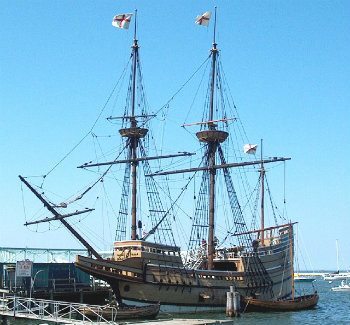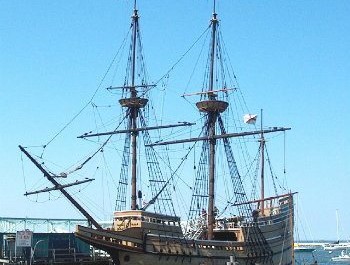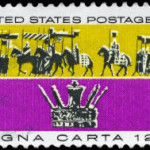Arrival Of The Mayflower At Plymouth Harbor
Many people know that the Mayflower docked at Plymouth Harbor on December 18, 1620. However, a series of setbacks changed several aspects of the original plans, took the Mayflower away from its intended destination, essentially changing the course of history.
Why The People Left
The early 17th century was a time of religious persecution against anyone who dared participate in the Protestant Reformation, which History Central explains was the desire to “purify and simplify the church.”
The Puritans broke from the Church of England and established their own church. This resulted in the arrest of many
Puritans and accusations of treason levied against them.
Because of the religious persecution that Puritans and Separatists suffered, several groups of people left England and relocated in Holland. After emigrating, many people suffered the disappointment that their children started speaking Dutch and the fact that tolerance shown to them was the same tolerance shown to many different faiths. The dissatisfaction led to plans to establish a colony in the New World.
The Mayflower And Speedwell Set Sail
After receiving financial backing to obtain a grant of land to set up a colony in America, plans got underway to set sail. Initially, Puritans loaded food and supplies on the Speedwell, to take them from Delfshaven, the Netherlands, to Southampton, England, to meet up with the Mayflower. The plan called for the two ships to start the voyage to Northern Virginia together.
The Speedwell caused a short delay in leaving due to the need for repairs from a leak discovered on the way to Southampton. On August 5, both ships departed. However, another Speedwell leak resulted in the ships anchoring in Dartmouth on August 12. After more than a week, the ships set sail once again with the Speedwell developing another leak. The inability to successfully repair the Speedwell led to both ships returning to Plymouth, England, where the decision to leave the Speedwell behind led to the Mayflower setting sail for America alone on September 6th.
The Voyage
After finally leaving, passengers encountered a series of severe storms in the treacherous waters of the Atlantic. More than two months of living on the Mayflower, the severe storms, including a near-shipwreck as they tried to reach their intended destination, the area around the Hudson River, led to the decision to bypass the original destination of Northern Virginia. At the time, Virginia extended up into modern-day New York.
After finally anchoring at what is present-day Provincetown Harbor Cape Cod, 41 male passengers signed the Mayflower Compact, promising to establish a system of “just and equal laws” before going ashore.
The Mayflower Docks On December 18
Over the next several weeks, small scouting parties ventured from the ship to explore the area to determine a  location to build their settlement and to gather firewood. After returning to the ship and reporting details of what they discovered while scouting, the men made the decision to dock on December 18. They established their settlement at an abandoned Indian village, previously occupied by the Wampanoag. Unprepared for brutal winters on the eastern coast of the New World, 50 of the original 102 Mayflower passengers died during the first winter.
location to build their settlement and to gather firewood. After returning to the ship and reporting details of what they discovered while scouting, the men made the decision to dock on December 18. They established their settlement at an abandoned Indian village, previously occupied by the Wampanoag. Unprepared for brutal winters on the eastern coast of the New World, 50 of the original 102 Mayflower passengers died during the first winter.
Local Native American tribes helped the Pilgrims after entering into a peace treaty with them. By the second fall, the Pilgrims enjoyed a bountiful harvest, invited their Wampanoag friends to enjoy a feast with them, thus celebrating the first Thanksgiving.







